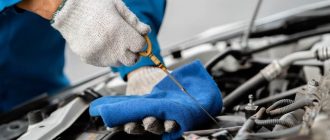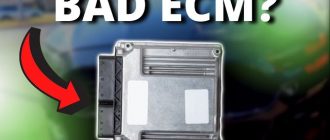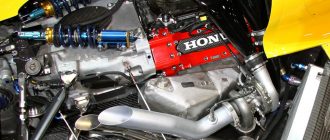## **How Many Parts Make Up a Car Engine?**
A car engine is a complex machine, made up of many different parts working together to convert fuel into motion. But just how many parts are there in a car engine?
The answer depends on the specific engine, but as a general rule, a car engine will have around **2,000 individual parts.** These parts can be grouped into several major categories, including:
* **The block and head** – The block is the main structural component of the engine, and it houses the cylinders, pistons, and crankshaft. The head is located on top of the block, and it contains the valves, camshafts, and spark plugs.
* **The valvetrain** – The valvetrain is responsible for opening and closing the valves, which allow air and fuel to enter the cylinders and exhaust gases to escape. The valvetrain consists of the camshafts, valves, springs, and rocker arms.
* **The crankshaft and connecting rods** – The crankshaft is a rotating shaft that converts the reciprocating motion of the pistons into rotational motion. The connecting rods connect the pistons to the crankshaft.
* **The oiling system** – The oiling system circulates oil throughout the engine to lubricate the moving parts. The oiling system consists of the oil pump, oil filter, and oil pan.
* **The cooling system** – The cooling system keeps the engine from overheating. The cooling system consists of the water pump, radiator, and thermostat.
* **The fuel system** – The fuel system delivers fuel to the cylinders. The fuel system consists of the fuel tank, fuel pump, fuel filter, and fuel injectors.
* **The ignition system** – The ignition system provides the spark that ignites the air-fuel mixture in the cylinders. The ignition system consists of the ignition coil, spark plugs, and distributor.
* **The exhaust system** – The exhaust system removes exhaust gases from the engine. The exhaust system consists of the exhaust manifold, catalytic converter, and muffler.
In addition to these major components, a car engine also contains a number of smaller parts, such as gaskets, seals, bearings, and bolts. All of these parts work together to create a smooth-running, efficient engine.
**The Importance of Engine Maintenance**
Given the complexity of a car engine, it’s important to keep up with regular maintenance to ensure that it runs properly. Regular maintenance includes:
* **Oil changes** – Oil changes are one of the most important things you can do to keep your engine running smoothly. The oil lubricates the moving parts of the engine, and it also helps to cool the engine.
* **Tune-ups** – Tune-ups involve checking and adjusting various parts of the engine, such as the spark plugs, distributor, and fuel injectors. Tune-ups can help to improve engine performance and fuel economy.
* **Timing belt replacement** – The timing belt is a critical part of the engine, and it should be replaced according to the manufacturer’s recommended schedule. If the timing belt fails, it can cause serious engine damage.
By following these maintenance tips, you can help to extend the life of your engine and keep it running smoothly.




